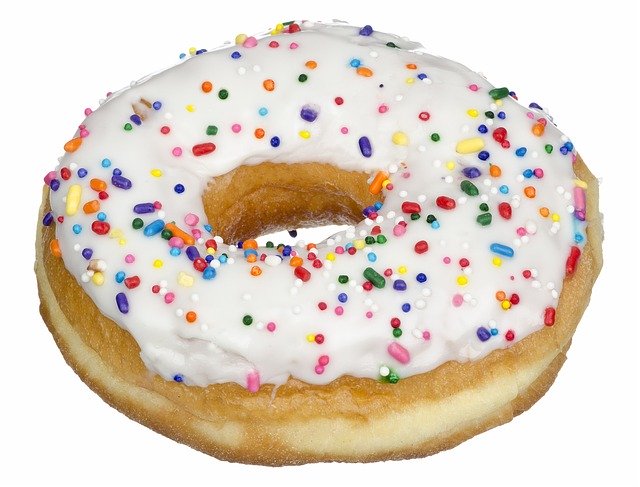The hole of bereavement – what next?

Why is an osteopath writing about bereavement you might ask. Emotions have a huge impact on physical health so it is quite common for people coming to clinic to have had a recent bereavement. A bereavement response can apply to any situation of loss – the loss of a loved one but also the loss of a relationship or a job or children leaving home can also lead to a bereavement response.
A dark hole
The pain of bereavement can be immense. Every situation is unique – the person, the relationship, the circumstances, the impact. But every bereavement leaves a hole. A gap in your life that nothing can fill. Initially that hole can be overwhelming and all-consuming, you can’t see beyond the darkness of the void in your life. Christmas can be a particularly poignant time.
The impact of bereavement
I have recently read Simon Thomas’ book ‘Love interrupted’ a very honest account of the sudden loss of his wife from blood cancer who died 3 days from diagnosis aged 40. He found the futility of trying to fill the hole with alcohol. Many people try other vices to fill that hole without benefit. There were two things that particularly struck me from the book and it’s insights into bereavement:
1) Children often have what might be referred to as a pool of bereavement – it’s something they can step in and out of – sometimes they are extremely sad with bereavement, other times they step out of the pool and are back to playing and enjoying life.
2) Adults often are unable to move away from the emotions of bereavement like children can. Simon describes bereavement as a hole in his life. However eventually he begins to rebuild aspects of his life. He realised the hole can never be filled but life can be rebuilt around the hole and it is possible to have a new and fulfilling life again.
What helpful insights.
Can you ‘recover’ – what can we learn from tendons?
What struck me though, was the similarity between this description of bereavement and what we understand about tendon injuries. When you tear your tendon that area will never heal again. However, with exercise and time you can strengthen tissue around the injury. Eventually you end up with more healthy and stronger tendon tissue than you had in the first place – it’s just more like a doughnut with a hole in the middle. The phrase for healthcare practitioners is – treat the doughnut not the hole.
I was really struck by that analogy between the tendon and bereavement – a hole that can never be filled or healed but an opportunity to build new, stronger tissue around the hole.
If you are feeling the pain of bereavement particularly at this time of year, do reach out and speak to others, don’t try to manage alone. Lots of people want to come alongside you if you let them.
